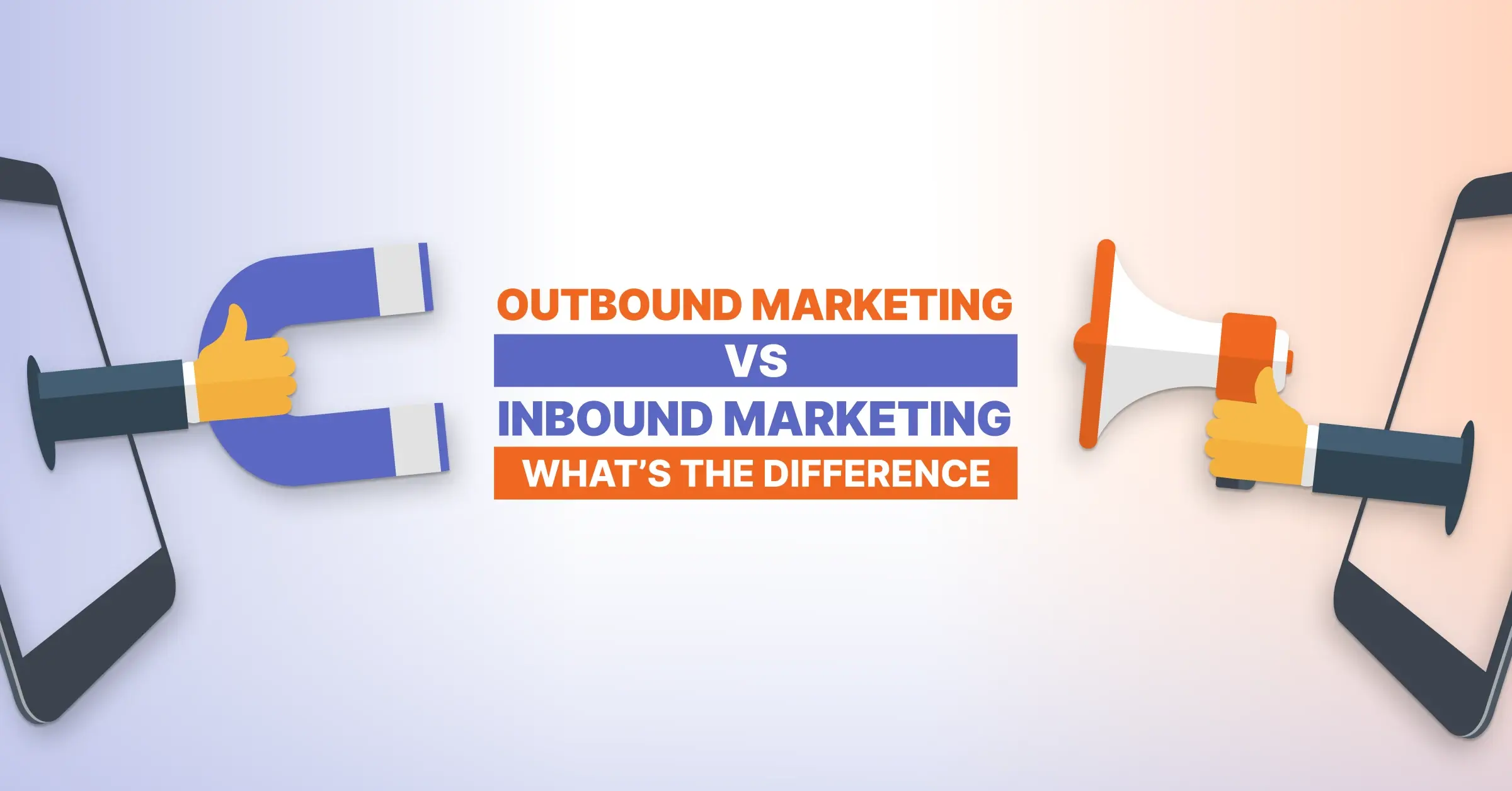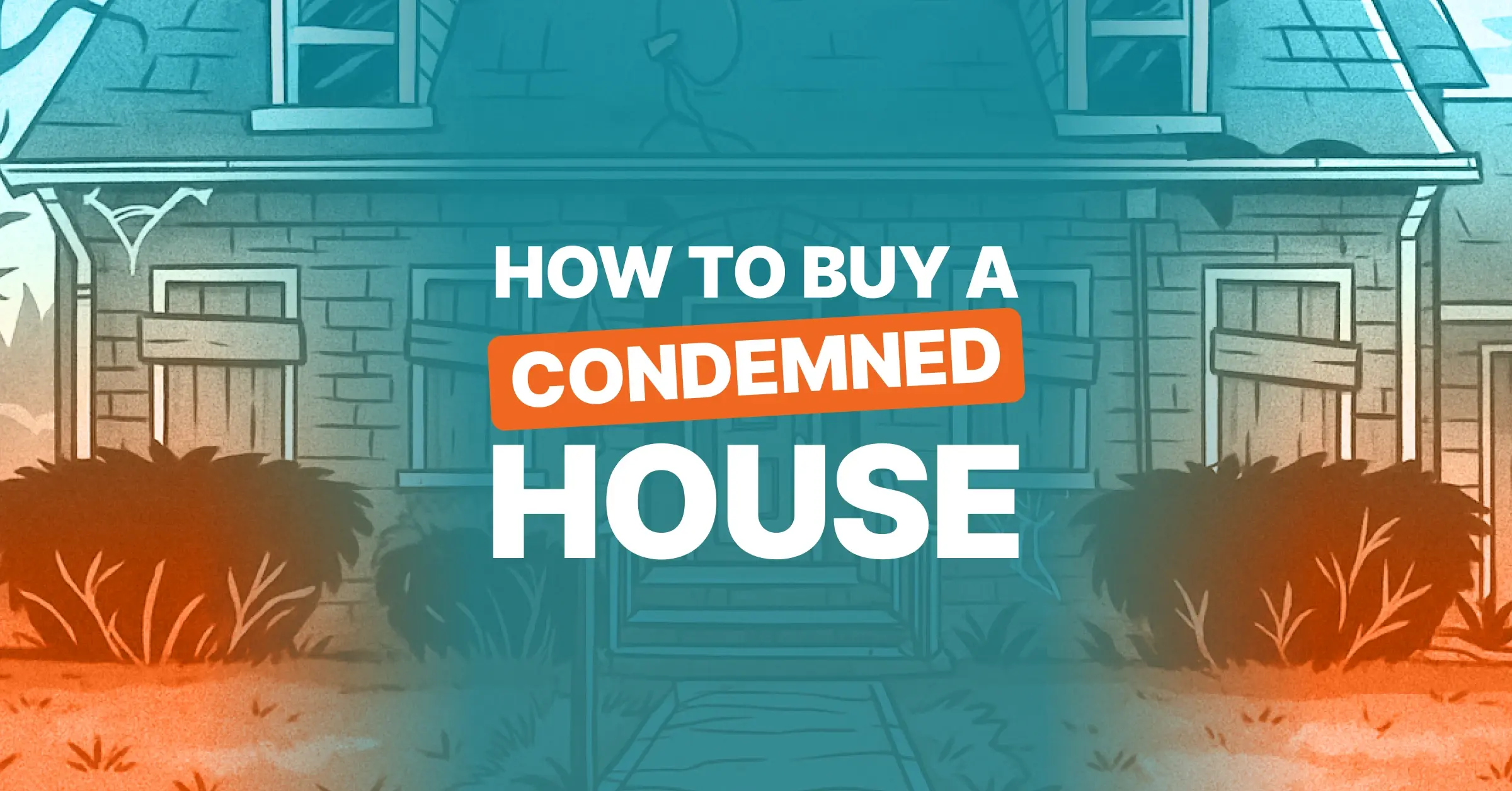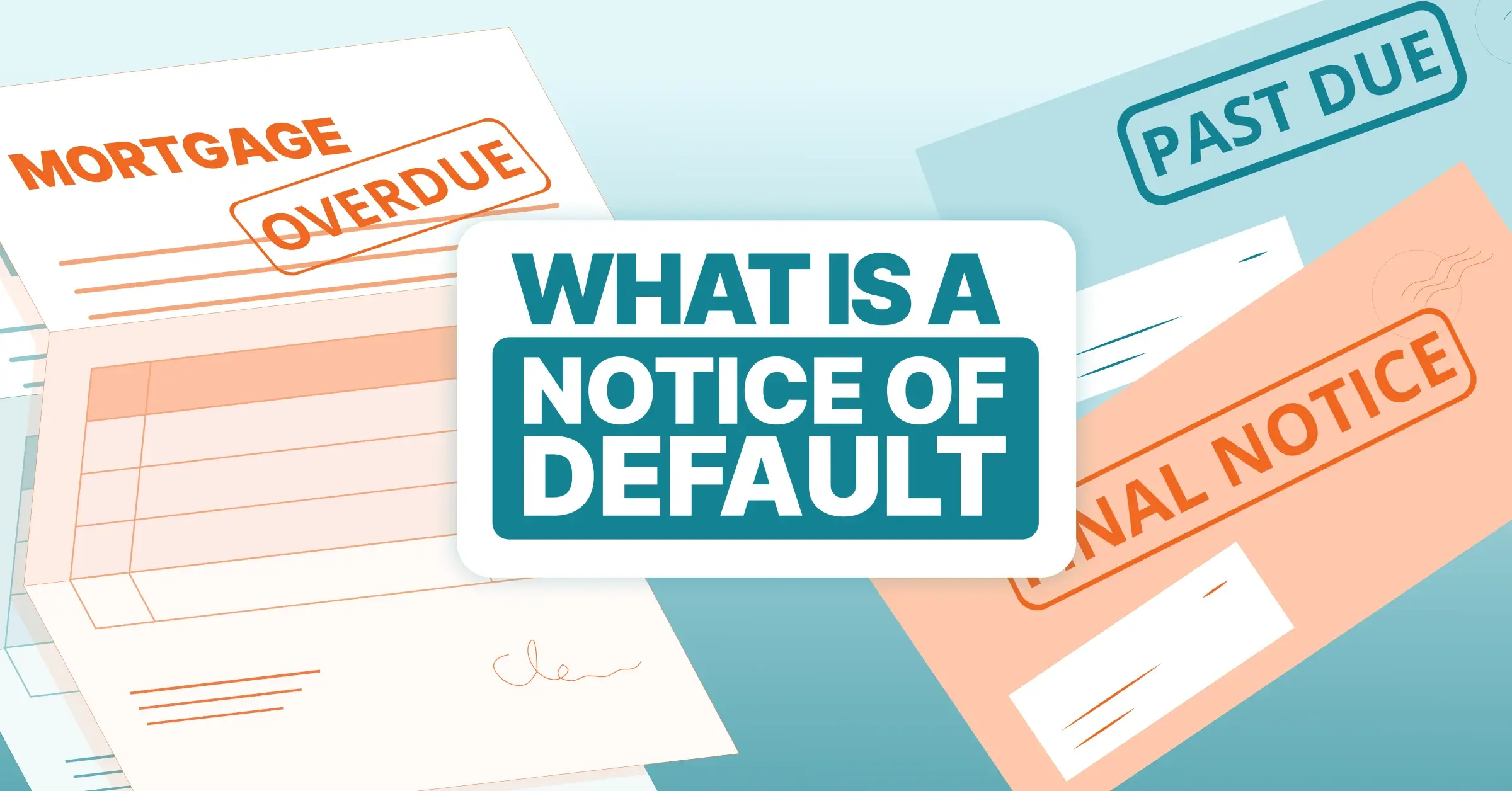Disclaimer: PropStream does not offer investing advice and/or profit promises. This article is for educational purposes only. We recommend doing your due diligence and/or consulting financial professionals before investing in distressed real estate.
|
Key Takeaways:
|
An upside-down mortgage (aka an underwater mortgage or negative equity) refers to when you owe more on your home than it’s worth. This can happen for various reasons, but it’s typically the result of a fallen home value.
For example, say you bought a $300,000 house with a 20% down payment, leaving you with a $240,000 mortgage. If the home’s value suddenly fell to $230,000, your mortgage would exceed the home’s value and, therefore, be considered upside down.
For homeowners, this can be a tough situation to be in—especially if they want to sell or refinance. But as a real estate professional, you can help homeowners struggling with upside-down mortgages while potentially finding great deals.
Table of Contents |
What Causes an Upside Down Mortgage?
.png?width=1252&height=834&name=udphoto%20(1).png)
Declining Home Values
Upside-down mortgages usually happen when home prices fall.
During the Great Financial Crisis, for example, the median U.S. home sales price fell from $257,400 in Q1 2007 to $208,400 in Q1 2009, a 19% decline. As a result, nearly one in four homes had upside-down mortgages.
Since this phenomenon, the government has tightened bank lending standards, making major falls in home prices due to poor loan underwriting less likely to occur.
Regional and Local Market Fluctuations
However, home values falling at regional or local levels are still relatively common.
For example, a city that relies on a declining industry may see a decrease in jobs and population that could dampen housing demand and lower home values. Similarly, a neighborhood hit by a natural disaster or uptick in crime could lose value as well.
Poor Financial Health of Homeowners
Finally, some upside-down mortgages are due to the homeowner’s strained financial situation.
For example, a homebuyer who makes a minimal down payment is more likely to find themselves upside down on their mortgage since, from the outset, there’s less difference between what they owe and how much the house is worth.
Homeowners can also increase their likelihood of falling into negative equity by taking out a second mortgage, which lowers their equity, or missing payments, which can increase their balance by allowing more interest to accumulate.
Impact of Upside Down Mortgages on Homeowners
So how do upside-down mortgages impact homeowners?
For one, it makes it difficult, if not impossible, to sell. After all, most sellers rely on the sale proceeds to pay off their mortgage. However, if the sale proceeds aren’t enough to cover the outstanding balance, homeowners must pay the rest with cash.
An underwater mortgage also makes it virtually impossible to refinance the house since lenders generally require homeowners to have at least 20% equity in the house to refinance.
Options for Struggling Homeowners With Upside Down Mortgages
Some homeowners may be unable to weather the storm once they’ve gone upside down on their mortgages.
For example, they may experience a loss of income, an unexpected rise in living expenses, or other financial challenges. Having negative home equity on top of that may cause them to lose the motivation to pay their mortgage.
In this case, homeowners may request a loan modification from their lender. For instance, a lender may agree to lower the interest rate or monthly payments if the homeowner can prove that they can’t afford them.
Similarly, a lender may accept a short sale, in which they agree to let the homeowner sell the house for less than they owe on the mortgage and forgive the difference.
In worst-case scenarios, a homeowner may lose their house to foreclosure or bankruptcy. However, these are often options of last resort since they inflict the most permanent damage to a borrower’s credit.
Impact of Upside-Down Mortgages on the Housing Market
%20(1).png?width=1252&height=834&name=udphoto%20(2)%20(1).png)
Now that you understand how upside-down mortgages impact homeowners, consider how they affect the broader housing market.
Inventory Levels
On the supply side, an increase in upside-down mortgages can put downward pressure on the number of homes for sale. After all, many with negative home equity are reluctant to sell because it would result in a loss.
At the same time, a high level of upside-down mortgages could lead to an increase in foreclosures, which could add inventory to the market, though it may consist mostly of distressed properties.
Home Pricing Strategies
Prospective homebuyers may be hesitant to enter a market experiencing an increase in upside-down mortgages due to concerns over future price drops.
As a result, homeowners with negative equity may need to lower their asking prices to attract buyers, particularly in a market saturated with foreclosures.
How to Help Homeowners with Negative Equity
As a real estate professional, you can help homeowners with negative equity by offering options for financial relief.
For example, if a homeowner is in pre-foreclosure (i.e., they’ve missed three mortgage payments in a row), you can offer to buy the house as an investor or on behalf of a client as an agent. That way, the homeowner can avoid damage to their credit, and you may be able to secure the property at a discount.
Similarly, lenders can agree to let a distressed homeowner conduct a short sale. Though not an ideal solution, this can help relieve the homeowner while ensuring the lender recovers as much of the loan value as possible.
Current Upside-Down Mortgage Trends
Nationwide, underwater mortgage levels are improving. However, some Southern and Midwestern states are still struggling.
As of Q2 2024, states with the highest percentage of underwater mortgages include Louisiana (10.5%), Mississippi (6.8%), Kentucky (6.3%), Arkansas (5.4%), and Iowa (5.2%).
In contrast, states with the smallest shares of underwater mortgages were Vermont (0.7%), Rhode Island (0.9%), New Hampshire (1.0%), Massachusetts 91.1%), and California (1.2%).
Use PropStream’s New Upside-Down Lead List to Help Homeowners With Upside-Down Mortgages!
Caught in a tricky situation, these homeowners may need the help of a trustworthy investor, agent, or lender to resolve their mortgage issues.
With PropStream, you can easily find homeowners with upside-down mortgages via our new Lead List. Choose your search region, apply the Lead List, and add accompanying filters to niche down and find your ideal demographic.
Learn more about our new Lead List here!
Try PropStream for 7 Days FREE to See The Upside-Down Lead List in Action!
Activate your 7-day free trial and enjoy 50 complimentary leads.
Frequently Asked Questions
What is an upside-down mortgage?
An upside-down mortgage (aka an underwater mortgage or negative equity) occurs when a homeowner owes more on their mortgage than the current market value of their home.
What causes a mortgage to go upside down?
Common causes include a decrease in home values (due to an economic downturn or regional market fluctuations) and strained personal finances.
What happens if you are upside down on your mortgage?
As long as you continue making your mortgage payments, nothing.
However, if you want to sell or refinance the home, you may face challenges since any sale proceeds won’t be enough to pay off the mortgage, and many lenders won’t offer a refinance unless you have at least 20% equity in your home.
What options do homeowners have if they can’t keep up with payments on an upside-down mortgage?
Homeowners may request a loan modification or short sale from their lender. In the worst-case scenarios, they may need to resort to foreclosure or filing for bankruptcy.
How do upside-down mortgages impact the housing market?
A high level of upside-down mortgages can limit inventory, lower home prices, and increase foreclosures, though the net impact can vary by market.



